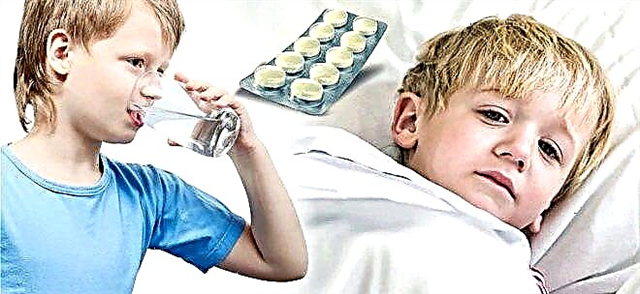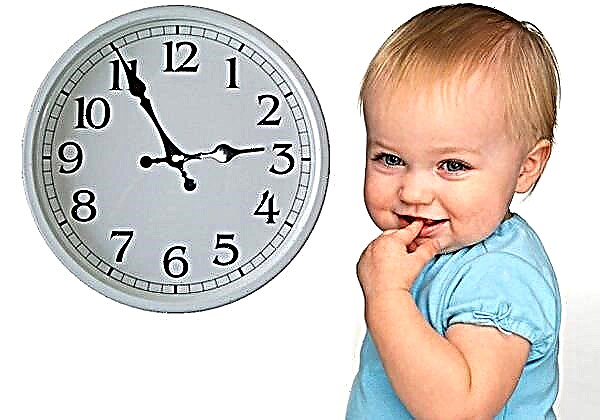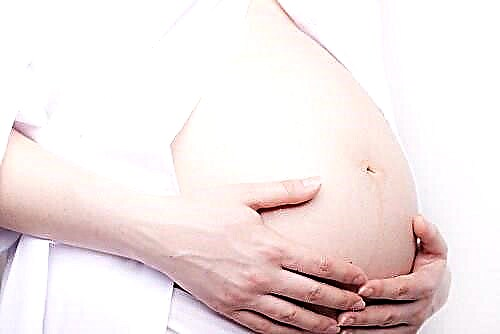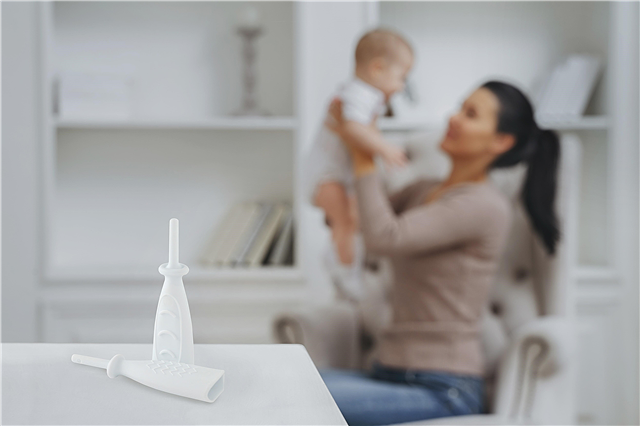
Cystitis is an inflammation of the bladder. Girls get it 5 times more often than boys. This is due to the anatomical features of the female body - the urethra in girls is much shorter and larger in diameter, which is a positive condition for the development of an infection in the bladder, which gets there along the ascending path. However, in recent years, this diagnosis is increasingly being made in boys. Not all parents know what the symptoms are, how such a disease is treated.

Clinical picture
In cystitis, inflammation covers the mucous and submucous layers of cells in the bladder. Boys of preschool and primary school age are more susceptible to the onset of the disease, adolescents and children under 1 year old suffer from cystitis much less often.
The main factor that stimulates the development of the inflammatory process in the bladder is the general hypothermia of the body. In such conditions, the infection receives ideal conditions for development and reproduction.
The pathogenic pathogen enters the organ cavity along the ascending (through the urethra) or descending (from the kidneys or ureters) pathway. Very often this happens due to non-compliance with the rules of personal hygiene.
Cystitis can be bacterial or fungal in nature. Children can get infected in public places: schools, kindergartens, swimming pools, baths, public toilets, and so on.


According to the clinical course, acute and chronic cystitis is distinguished.
Acute cystitis starts suddenly. It manifests itself as a sharp pain in the lower abdomen, frequent tenesmus (false urge to urinate), pain and burning sensation during urination, as well as an increase in overall body temperature. Symptoms progress quickly enough. With timely treatment, the prognosis is quite favorable.
Chronic cystitis more often occurs as a secondary disease arising from another infectious process in the urinary system.
Symptoms are more "blurred" here, and treatment usually takes longer.


Under normal conditions, the inner lining of the bladder is distinguished by a number of protective reactions that prevent the pathogen from actively developing.
Symptoms and treatment for cystitis will vary among boys of different ages:
- In children aged up to a year with cystitis, tearfulness is observed, urine becomes a rich dark yellow hue, urination becomes either too frequent or rare, body temperature rarely exceeds normal values.
- Boys over 3 years old there is a sharp pain in the lower abdomen, urine becomes cloudy, urge to urinate is obsessive, the general body temperature may rise (in combination with other symptoms of fever).

Therapy
When the first signs of the disease appear, you should immediately seek qualified help from a doctor, and not self-medicate. Delay can significantly increase the recovery time and provoke the development of complications. Not seeking medical help on time, parents run the risk of mistaking another disease for cystitis with similar symptoms.
If cystitis is suspected, the doctor prescribes a number of laboratory tests. As a rule, these are general urine and blood tests. Based on complaints and test results, a diagnosis is made.
Therapy of cystitis in acute form consists in the destruction of pathogenic microflora and relief of the child's condition (pain can be relieved, diuresis is normalized, and the general condition is improved).

Peace must be ensured. During the first 4-5 days, the child must comply with bed rest - especially if there is an increase in overall body temperature (with all the accompanying signs of fever).
The second (and no less important) treatment option for cystitis in boys is drug therapy. Usually, the treatment of this disease is not complete without the use of antibacterial agents, but it is important to remember that antibiotics for cystitis can only be prescribed by a doctor, based on the clinical picture. Uncontrolled medication will not only not help improve the child's condition, but also cause significant damage to his health.

With cystitis, not only antibacterial agents are prescribed, but also antispasmodics, non-steroidal anti-inflammatory drugs.
During the entire treatment period, it is important organize a special diet for the child. It is necessary to exclude excessively spicy foods, marinades, smoked meats from his daily diet. You should limit the amount of salt consumed, as it retains fluid in the tissues. The diet should be balanced, containing fiber, vitamins and minerals.
At this time, you need to drink plenty of liquid: not very strong tea, berry juice (for cystitis, a cranberry drink is useful), compote, non-carbonated mineral water.

It is worth mentioning that during illness, you should carefully monitor that the baby does not freeze (especially the legs and back).
It is necessary to pay special attention to the care of the genitals, since neglect of simple hygiene rules can lead to re-infection.
The doctor may advise (in addition to all the listed means) the use of warm sitz baths with the addition of herbal decoctions. If you adhere exactly to the treatment plan drawn up by the doctor, then on average the recovery period lasts no more than a week.
Antibiotic use
The most common pathogenic microflora that provokes the development of cystitis in boys is represented by E. coli, staphylococcal and streptococcal infections, fungi, adenovirus. Therefore, the treatment of cystitis cannot be effective without antibiotic therapy.
In such cases, some of the following antibacterial drugs may be prescribed by your doctor:
- Penicillin drugs: "Augmentin", "Amoxiclav" and others. The course of treatment is at least a week.


- Macrolides - Sumamed, Azitramycin. The course of treatment is 3 days.


- The group of cephalosporins - "Taracef", "Tseclor", "Zinnat".


- Phosphonic acid derivatives - "Monural" and other drugs.

When using antibiotics, it is important to strictly follow the recommendations of the attending physician and in no case self-medicate. In order to correctly select the most suitable antibacterial agent, urine culture is usually prescribed.
However, it often happens that the disease is quite acute, and it is not possible to wait for the results of the culture. In such cases, it is advisable to prescribe broad-spectrum antibiotics. When the culture results are ready, you can adjust the treatment based on the test results.
During treatment, you cannot change the drug to another without the doctor's permission or stop antibiotic therapy altogether. Even if the symptoms of cystitis have disappeared, the pathogenic microflora can still remain in the bladder and fully manifest itself if favorable conditions are created for this.
After completing the course of antibiotic therapy, urine should be donated for culture again.

Traditional medicine recipes
It should be noted right away that it is impossible to cure cystitis exclusively with folk remedies. When the first symptoms of the disease appear in your child, you do not need to hesitate to go to the clinic. Some recipes can be used as additional treatments - naturally, with the consent of the attending physician. Here are some of them:
- A teaspoon of chopped St. John's wort must be poured over 250 ml of boiling water and put in a water bath for 30 minutes. After that, the resulting broth must be cooled and filtered. Give your child a quarter cup 3 times a day before meals.
- Pour 250 ml of boiling water over one teaspoon of cornflowers. Infuse the mixture for 30 minutes (you can use a thermos). A single dose is 1/3 of a third of a glass. You need to take the mixture 3 times a day.
- Take in equal parts chamomile, calendula and succession, mix. Pour 3 tablespoons of the mixture into 1 liter of boiling water and keep in a water bath for 30 minutes. The broth must be cooled. The remedy can be used in the form of sitz baths, the course of treatment is at least a week.

Complications
Usually, with timely treatment and the absence of associated aggravating factors, cystitis does not leave any complications. If the parents delayed going to the clinic for a long time or even self-medicated, the infectious process can become chronic and spread to neighboring organs.
Pyelonephritis is one of the possible complications of cystitis. In this case, the infection enters the renal pelvis from the bladder along the ascending path and becomes the cause of the development of an active inflammatory process.
This is often due to vesicoureteral reflux, which is caused by the passage of urine from the bladder into the ureters. Pyelonephritis is a rather serious disease with a severe clinical course that requires therapy in a hospital.

If in this case you do not seek qualified help in time, then the patient's condition may be aggravated by the development of interstitial cystitis. This condition is characterized by the spread of infection to the muscular layer of the hollow organ, as a result - the loss of its elasticity. Such changes do not lend themselves to correction, since in this case the muscle tissue loses its properties, turning into one continuous scar.
You can find out more information regarding the disease by watching the video below.



